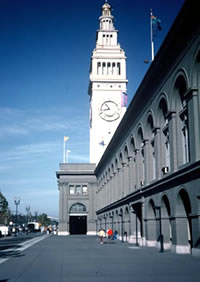
|
The Federal Historic Preservation Tax Incentives Program frequently refers to a “certified historic structure”, a “certified rehabilitation”, and “historic character”? What do these terms mean? Answer Federal historic preservation tax incentives are available for any qualified project that the Secretary of the Interior designates as a certified rehabilitation of a certified historic structure. A certified historic structure is defined as a building that is listed in the National Register of Historic Places, either individually or as a contributing building in a National Register historic district, or as a contributing building within a local historic district that has been certified by the Department of the Interior. Buildings in historic districts must be “certified” or approved by NPS as contributing to the district as part of the Historic Preservation Certification Application. Only certified historic structures qualify for the credits. The “structure” must be a building—not a bridge, ship, or a railroad car, for example. The National Park Service must approve, or “certify” all rehabilitation projects seeking the 20% tax credit. A certified rehabilitation is a rehabilitation of a certified historic structure that is approved by the NPS as being consistent with the historic character of the property and, where applicable, the district in which it is located. Historic buildings are physical records of past inhabitants. People make changes to buildings over time to fit new uses and needs. The historic character results from the combination of the character-defining features that have established the appearance of the building as it has evolved over time. Character-defining aspects of the building that need to be identified and evaluated may include form and detailing of exterior materials, such as masonry, wood, and metal; exterior features such as roofs, porches, and windows; materials, such as plaster and wood; finished and unfinished interior spaces; and interior features, such as moldings and stairways, room configuration, and spatial relationships, as well as structural systems. |
This historic transportation building in San Francisco,
California, has been rehabilitated for commercial use. |
|
